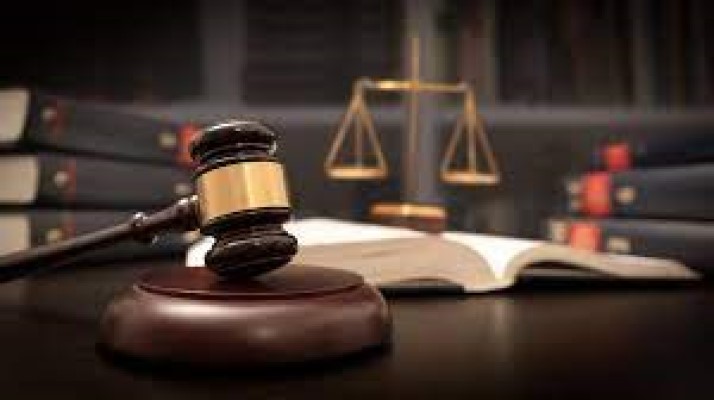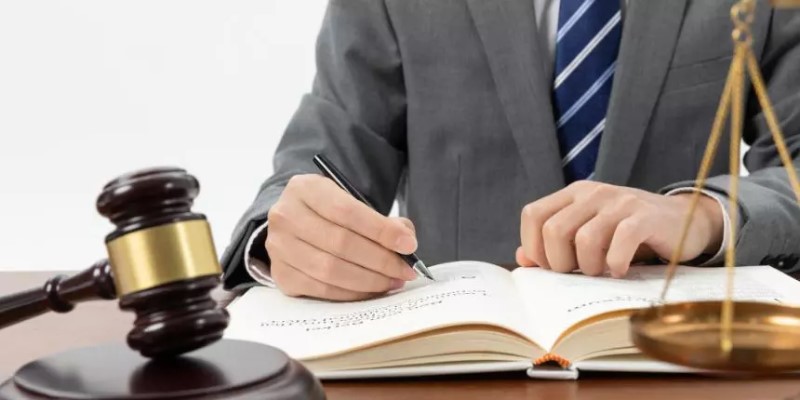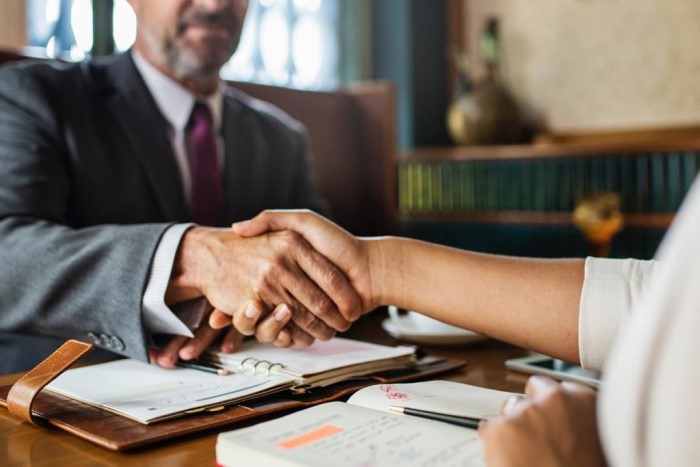Wondering about the compensation for broken bones from a slip and fall? This comprehensive guide covers everything you need to know, including potential compensation and legal steps to take.
Introduction
Slip and fall accidents can result in serious injuries, including broken bones. If you’ve experienced such an accident, understanding the compensation you might receive is crucial. In this guide, we’ll delve into the various aspects of compensation for broken bones from slip and fall incidents.
Understanding Slip and Fall Accidents
Slip and fall accidents occur when someone slips, trips, or falls due to hazardous conditions on another party’s property. These accidents often lead to injuries ranging from minor bruises to severe fractures.
Common Causes of Slip and Fall Accidents
Identifying the causes of slip and fall accidents is essential for preventing them in the future. Common causes include wet floors, uneven surfaces, poor lighting, and obstacles in walkways.
Wet Floors
Slippery surfaces due to spills or inadequate cleaning are a leading cause of slip and fall accidents. Property owners have a duty to maintain safe walking conditions, including promptly cleaning up spills.
Uneven Surfaces
Uneven flooring or pavement can easily trip unsuspecting individuals, leading to falls and injuries. Property owners should regularly inspect and repair any uneven surfaces to prevent accidents.
Poor Lighting
Inadequate lighting in corridors, stairwells, or parking lots increases the risk of slip and fall accidents, especially in dimly lit areas where hazards may not be easily visible.
Obstacles in Walkways
Cluttered walkways, misplaced items, or debris can obstruct paths and increase the likelihood of tripping and falling. Property owners should keep walkways clear to prevent accidents.
Types of Broken Bones
Broken bones, also known as fractures, can vary in severity depending on the force of impact and location of the injury. Understanding the types of fractures can help assess compensation for slip and fall injuries.
Open vs. Closed Fractures
Open fractures involve a break in the skin, exposing the bone, while closed fractures do not penetrate the skin. Open fractures are more prone to infection and may require additional medical interventions.
Types of Fractures
Fractures can be classified into several categories based on their characteristics and location:
- Hairline Fractures: Hairline fractures are small cracks in the bone, often difficult to detect on initial examination but can cause significant pain and discomfort.
- Transverse Fractures: Transverse fractures occur when the bone breaks horizontally across the shaft, typically due to a direct blow or trauma.
- Comminuted Fractures: Comminuted fractures involve the bone breaking into multiple fragments, often requiring surgical intervention to realign and stabilize.
- Greenstick Fractures: Common in children, greenstick fractures occur when the bone bends and cracks but doesn’t break completely.
- Avulsion Fractures: Avulsion fractures occur when a fragment of bone is pulled away by a tendon or ligament, often seen in sports-related injuries.
Compensation for Slip and Fall Injuries
When pursuing compensation for slip and fall injuries, various factors come into play, including medical expenses, lost wages, and pain and suffering. Understanding your rights and legal options is crucial for ensuring fair compensation.
Medical Expenses
Compensation for medical expenses typically covers costs associated with hospitalization, surgery, medication, physical therapy, and ongoing medical care related to the injury.
Lost Wages
If the injury prevents you from working, you may be entitled to compensation for lost wages, including both current and future income losses due to temporary or permanent disability.
Pain and Suffering
In addition to economic damages, slip and fall victims may receive compensation for pain and suffering, which encompasses physical pain, emotional distress, and loss of enjoyment of life.
Legal Process
Navigating the legal process for slip and fall compensation can be complex, requiring evidence of negligence on the part of the property owner. Consulting with a personal injury attorney can help assess your case and pursue maximum compensation.
Steps to Take After a Slip and Fall Accident
If you’ve been involved in a slip and fall accident, taking prompt action is crucial to protect your rights and strengthen your compensation claim.
Seek Medical Attention
Even if your injuries seem minor, seek medical attention immediately after a slip and fall accident. Some injuries, such as internal bleeding or concussion, may not be immediately apparent but can have serious consequences if left untreated.
Report the Incident
Report the incident to the property owner, manager, or supervisor as soon as possible and request a written report of the accident. Documenting the details of the incident can strengthen your case for compensation.
Gather Evidence
Collect evidence at the accident scene, including photographs of the hazardous condition, contact information of witnesses, and any relevant documents, such as medical records and expenses.
Consult with an Attorney
Consider consulting with a personal injury attorney who specializes in slip and fall cases. An experienced attorney can provide invaluable guidance and representation throughout the compensation process.
FAQs:
Q: How long do slip and fall cases take to settle? A: The duration of slip and fall case settlements varies depending on various factors, including the complexity of the case, extent of injuries, and cooperation of involved parties. Some cases may be resolved through negotiation or mediation, while others may require litigation, which can prolong the process.
Q: Can I still receive compensation if I was partially at fault for the slip and fall accident? A: In states with comparative negligence laws, you may still be eligible for compensation even if you were partially at fault for the accident. However, your compensation may be reduced based on the degree of your negligence.
Q: What evidence is crucial for proving negligence in a slip and fall case? A: Evidence such as photographs of the hazardous condition, witness statements, incident reports, medical records, and maintenance records can help establish negligence on the part of the property owner.
Q: Will my slip and fall case go to trial? A: While many slip and fall cases are settled out of court through negotiation or mediation, some may proceed to trial if a fair settlement cannot be reached. Your attorney will advise you on the best course of action based on the specifics of your case.
Q: How much compensation can I expect for a slip and fall injury? A: The amount of compensation for a slip and fall injury depends on various factors, including the severity of the injury, extent of medical expenses, lost wages, and impact on your quality of life. Consulting with a personal injury attorney can help assess the potential value of your case.
Q: Can I file a slip and fall claim against a government entity? A: Yes, you can file a slip and fall claim against a government entity for injuries sustained on government-owned property. However, the process for filing such claims may vary, and there are often strict deadlines for initiating legal action.
Conclusion
In conclusion, if you’ve suffered broken bones from a slip and fall accident, understanding your rights and legal options for compensation is essential. By following the steps outlined in this guide and seeking guidance from a qualified attorney, you can pursue the compensation you deserve for your injuries.




